Are you having problems with your current lift station level controls? Avis Plumbing and Air Conditioning may just have the cost effective solution you need to repair your lift station. In this article we will review several level sensing strategies, the advantages and disadvantages of each, as well as an option you may want to consider for your next project.
Lift Station Basics
In an “ideal” gravity fed wastewater collection system, sewage flows downhill from its point of origin in residential or commercial areas to its final treatment plant destination. Due to a number of factors including total distance, topography, geology, economics, etc., the ideal piping design is not always feasible, though. Therefore, in most cases, sewage flows downhill to a lift station where it collects and then is pumped to a higher elevation in order to begin its downhill journey again. You can find more general information about Florida lift stations here.
Lift stations are typically constructed of concrete or fiberglass and include: the pumps, rails, station cover, valve box, level sensor, and control panel. Regardless of the construction method that is selected, the level sensor is an extremely critical component, as it provides the feedback needed to determine when the pump turns on and off.
Float Controls
This is the most basic type of level sensing and control setup which is still widely used today. These systems essentially consist of a number of cable float level switches installed in the wet well and a float controller to initiate the motor starter relays. The number of floats required will vary based upon the number of pumps in the well as well as the number of “alarm points” needed. Typically, one would need two switches per pump for the on and off points of each, as well as one for a high alarm (as well as possibly even a low alarm). So in a common duplex system you would likely have at least five switches. To set your switch points one would either vary how far down the well they hang or install counter weights which act as the pivot points.
Advantages: Typically inexpensive depending on the number and types of floats needed. Simple in operation.
Disadvantages: These systems do not provide any continuous feedback for the actual level in the well. The actuation points can be difficult to accurately set. As well, the floats can become entangled or coated with grease where they will not actuate; thus, creating unwanted service calls.
Bubbler Systems
The liquid level in a station is relative to the hydrostatic pressure measured at the bottom of the well. To measure this pressure a constant air volume can be pumped through a tube that exhausts at the bottom of the well. By measuring the pressure inside that tube you can determine the sewage level. Bubbler systems consist of a simple bubbler tube installed in the wet well, an air supply compressor, a flowmeter, and a pressure switch or pressure transmitter.
Advantage: Relatively low initial cost; can be used for continuous monitoring or simple on/off control.
Disadvantage: Maintenance and total operating costs. These systems require periodic cleaning of the bubbler tube which can commonly become clogged and the mechanical air supplies will eventually wear out and need to be replaced.
Continuous Lift Station Monitoring
The municipal lift station market is definitely trending towards more sophisticated control systems that can provide real-time information. With tightening environmental regulations this allows treatment to be more accurate and efficient, as well as, making system reporting and troubleshooting less time consuming. Continuous monitoring of the lift station level, particularly in larger more critical stations, is becoming much more common for these reasons. These systems will typically consist of an analog sensor in the well that signals a stand alone control or PLC style controller to initiate the pump starts and stops. This information can then be fed into a network or RTU that would report back to a central plant or SCADA system.
Ultrasonic Transmitters
Ultrasonic level sensors provide a continuous analog output by bouncing sound waves off the surface of the water/sewage. This is a non-contact measurement so the sensor would be mounted somewhere at the top of the well and typically have a signal conversion device or controller mounted back at the panel.
Advantages: Non-contact measurement, scalable output flexibility.
Disadvantages: Ultrasonic level sensors are typically a more expensive option and require more care in their installation to ensure there are no obstructions (i.e. pipes, cables, walls, rails, etc.) within the sensor’s cone angle that would impede the sound wave travel. In many lift stations there simply isn’t a good place to mount the sensor and avoid these obstructions. Next, there is more time involved in the initial setup as their outputs typically need calibrated for every station based on where the sensor is mounted. Foam and condensation are also issues for this technology; as foam will produce false level readings and condensation on the sensor head, can eliminate the signal altogether. Lastly, most of these sensors are not designed to be submerged so flooded stations could ruin the sensors.
Submersible Level Transmitters
Again, by measuring the hydrostatic pressure from the bottom of the wet well you can determine the liquid level. Rather than measuring the pressure through a bubbler tube, it is measured with submersible level transmitters. Avis can put the pressure sensor at the reference point by dropping it directly into the sewage. These will then provide a continuous, typically 4-20 mA, analog signal output relative to a fixed level range. A built in breather tube even allows the sensor to automatically compensate for changes in barometric pressure.
Advantages: Very cost competitive up front and operationally. Submersibles are also easy to setup and install…simply drop it in and hook up your two wires. There are NO floats to get tangled, NO tube to get clogged or compressors to replace, and there are NO issues with foam or condensation.
Disadvantages: Some designs require periodic cleaning. However with the newer, large sensing diaphragm types, clogging risks are essentially eliminated.
If you have problems with your lift station sensors, call the pros at Avis Plumbing and Air Conditioning at (239) 542-4421. We have the experience and equipment to repair your Cape Coral or Fort Myers lift station and ensure that everything is running smoothly.

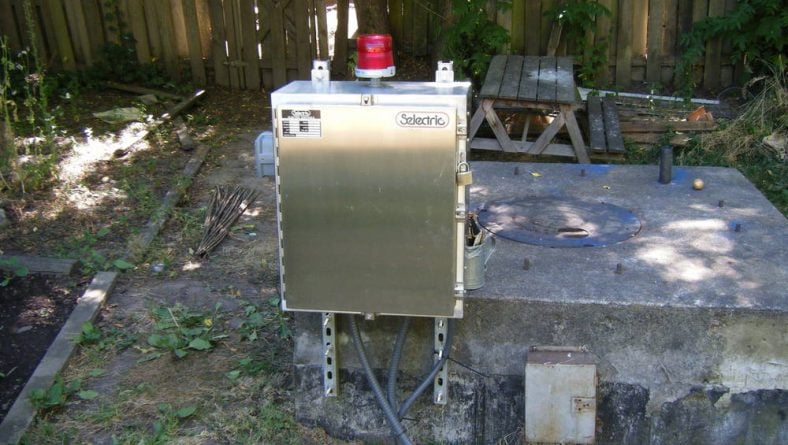
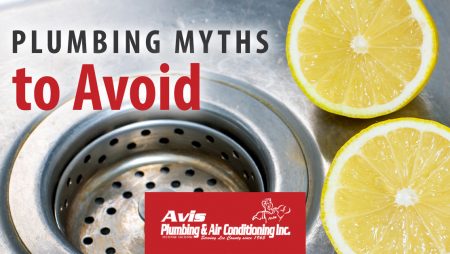
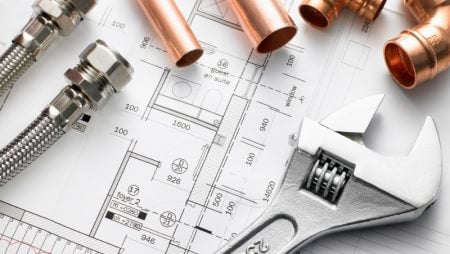

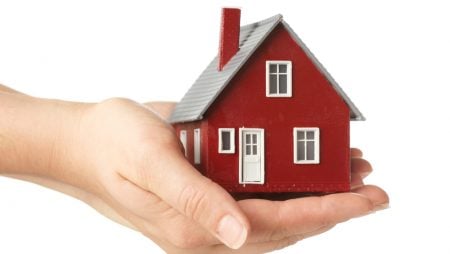
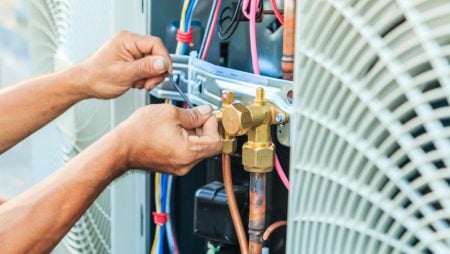
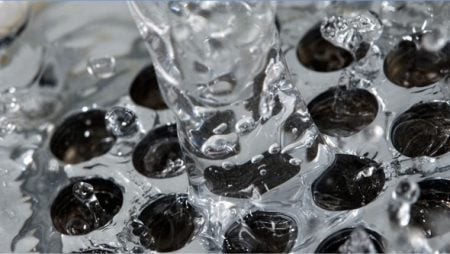
No Comment
You can post first response comment.